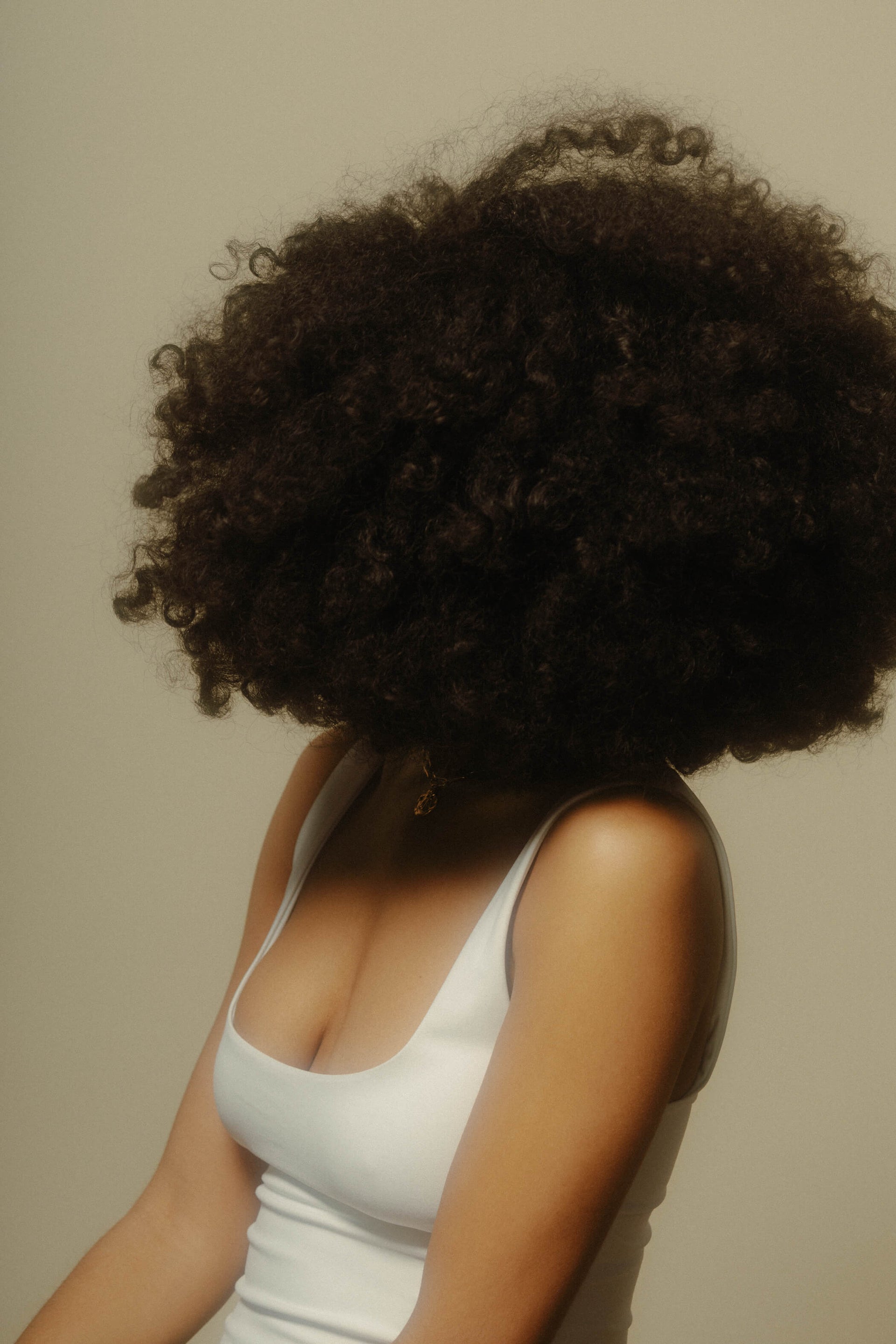We love a good air dry tip as much as the next person, but what really excites us is the science behind our strands. The growth phases, the genetic makeup of each hair, all the phases our hair is constantly cycling through at any given moment—the more we learn about hair, the more we crave. Consider this your guide to everything you need to know about the strands on your head—and (to be honest) a few things you probably don't.
Anagen—Each hair on your head cycles between four phases: anagen, catagen, telogen, and exogen—then back to anagen. Anagen is the growth phase of the cycle in which your cells are rapidly dividing and your hair is actively growing. This phase can last around 2-7 years before moving on to the catagen phase (more on that later).
Bulb—The root of the hair that forms the base of the follicle. This is where your hair starts as a living cell. Here, the cells divide every 23-72 hours, faster than any other cell in our bodies.
Bulge—Not to be confused with the bulb, the bulge is located nearby and houses stem cells that supply the hair follicle with fresh cells. The bulge also helps heal our skin after injury.
Bristle—Thick hairs or hair-like fibers that comb through hair on a brush. These can be made from natural materials, like boar bristles, or synthetics, like nylon.
Canities—The scientific name for grey or white hairs. There are two types: congenital canities, which is a condition that exists before or at birth; and acquired canities, which develops with age depending on genetics.
Catagen—The transitional phase that signals the end of growth and lasts about 10 days.
Club hair—A non-living hair in the last phase of the growth cycle that has detached from the hair follicle and is waiting to be shed.
Cortex—The thickest part of the hair that contains hair pigment. About 90% of our strands' total weight lives here.
Cowlick—A region of the scalp where the hair grows in a spiral pattern; the most common site is the crown, but it may appear anywhere. Fun fact: In 2011, a dermatologist at Tufts Medical Center in Boston, Dr. Orr Barak, conducted a study that showed people who are right handed were more likely to have a counterclockwise cowlick, while people who were left handed or ambidextrous had the opposite pattern.
Crown—The area on the upper back part of your skull.
Exogen—This is the shedding phase of hair growth. This is totally normal, so don't worry. The average person sheds 50-100 strands per day, with newer strands coming through to replace them.
Follicle—An organ found in our skin that regulates hair growth and produces hair all over our bodies. The hair follicle consists of the papilla, the hair matrix (trichocytes), the root sheath, and the bulge.
Growth pattern—The unique set of positions hairs take on a person’s head and body.
Hair—In the world of hair, this may refer to the hair shaft specifically or hair as a whole.
Keratin—A hard protein that makes up the majority of our hair's structure that comes from the proteins in our diet.
Pheomelanin—The cell pigment produced by melanocytes that gives red color to hair.
Sebaceous gland—A gland that empties oil into the follicle canal to lubricate the hair shaft and carry oil to the surface of your scalp.
Sebum—The oily material produced by sebaceous glands.
Shaft—The filament produced by a hair follicle made of keratin. The shaft has two layers: the cuticle and the cortex, though sometimes there is a third layer called the medulla.
Telogen—The resting phase of the hair cycle. Our hair stays in the telogen phase for around three months as new hairs begin to grow. At any given moment, about 10-15% of our hair is in this phase.
Terminal hair—Fully matured hairs that are thick, strong, and usually pigmented. These are mostly found on the scalp and pubic region.
Trychocyte—Specialized epithelial cells from which hair and nails are formed.
Vellus hair—The short, thin, lightly colored hair that covers most of our bodies. During puberty, some vellus hair can become terminal.
Whisker—Tiny hairs on the face, upper lip, chin, cheeks. It also refers to the vibrissae, primarily sensory structures, which are located on the upper lip of most mammals.


